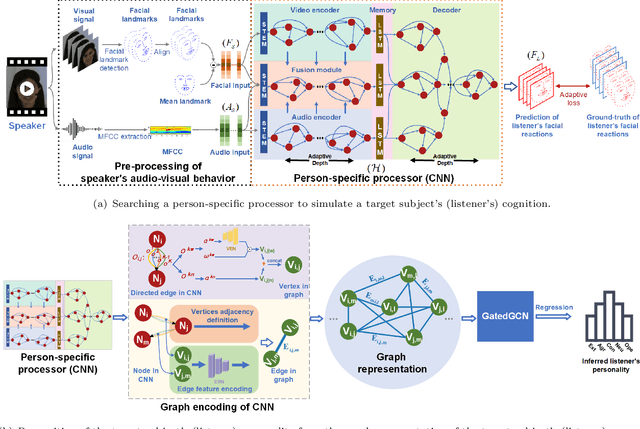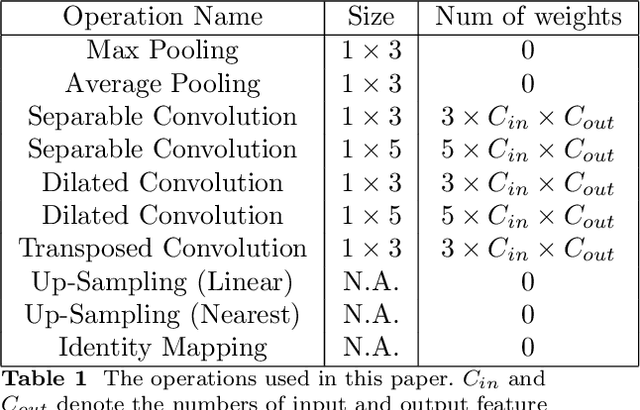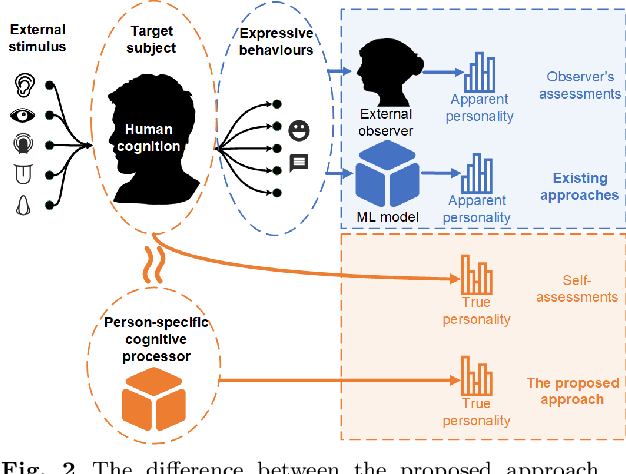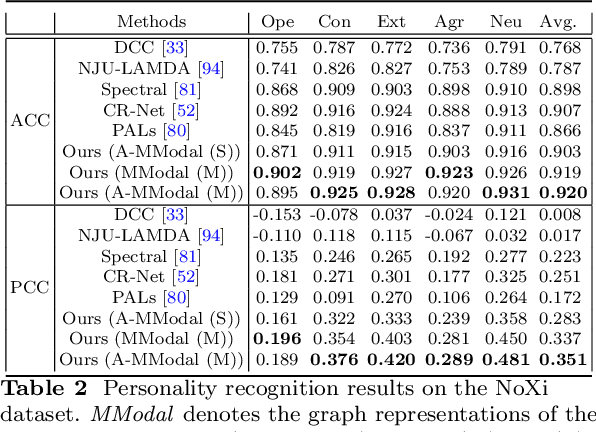Zilong Shao
A task of anomaly detection for a smart satellite Internet of things system
Mar 21, 2024Abstract:When the equipment is working, real-time collection of environmental sensor data for anomaly detection is one of the key links to prevent industrial process accidents and network attacks and ensure system security. However, under the environment with specific real-time requirements, the anomaly detection for environmental sensors still faces the following difficulties: (1) The complex nonlinear correlation characteristics between environmental sensor data variables lack effective expression methods, and the distribution between the data is difficult to be captured. (2) it is difficult to ensure the real-time monitoring requirements by using complex machine learning models, and the equipment cost is too high. (3) Too little sample data leads to less labeled data in supervised learning. This paper proposes an unsupervised deep learning anomaly detection system. Based on the generative adversarial network and self-attention mechanism, considering the different feature information contained in the local subsequences, it automatically learns the complex linear and nonlinear dependencies between environmental sensor variables, and uses the anomaly score calculation method combining reconstruction error and discrimination error. It can monitor the abnormal points of real sensor data with high real-time performance and can run on the intelligent satellite Internet of things system, which is suitable for the real working environment. Anomaly detection outperforms baseline methods in most cases and has good interpretability, which can be used to prevent industrial accidents and cyber-attacks for monitoring environmental sensors.
Learning Graph Representation of Person-specific Cognitive Processes from Audio-visual Behaviours for Automatic Personality Recognition
Oct 27, 2021



Abstract:This approach builds on two following findings in cognitive science: (i) human cognition partially determines expressed behaviour and is directly linked to true personality traits; and (ii) in dyadic interactions individuals' nonverbal behaviours are influenced by their conversational partner behaviours. In this context, we hypothesise that during a dyadic interaction, a target subject's facial reactions are driven by two main factors, i.e. their internal (person-specific) cognitive process, and the externalised nonverbal behaviours of their conversational partner. Consequently, we propose to represent the target subjects (defined as the listener) person-specific cognition in the form of a person-specific CNN architecture that has unique architectural parameters and depth, which takes audio-visual non-verbal cues displayed by the conversational partner (defined as the speaker) as input, and is able to reproduce the target subject's facial reactions. Each person-specific CNN is explored by the Neural Architecture Search (NAS) and a novel adaptive loss function, which is then represented as a graph representation for recognising the target subject's true personality. Experimental results not only show that the produced graph representations are well associated with target subjects' personality traits in both human-human and human-machine interaction scenarios, and outperform the existing approaches with significant advantages, but also demonstrate that the proposed novel strategies such as adaptive loss, and the end-to-end vertices/edges feature learning, help the proposed approach in learning more reliable personality representations.
 Add to Chrome
Add to Chrome Add to Firefox
Add to Firefox Add to Edge
Add to Edge